Want to contribute to this article?
Every successful organisation in the world aims to do more with less. What quality team isn't tasked with improving results for the same (or perhaps less) effort?
Your path to increasing operational efficiency without exhausting your team requires a systematic approach to reviewing your processes.
While this doesn't mean squashing all steps in your processes, there may be opportunities for you and your team to eliminate parts of your processes which don't add value.
Hosting a Kaizen workshop for a key business process brings your team together and dedicates time to identify inefficiencies.
Whether you're new to Kaizen or you're a Six Sigma Black Belt Master, a thorough plan will help you get the most value.
In this article, Chris Owen, Services Director at Qualsys, shares seven steps to run your own Kaizen event and mistakes to avoid.
| Free Kaizen template--> |
Download a customisable Kaizen Workshop template: & ;
|
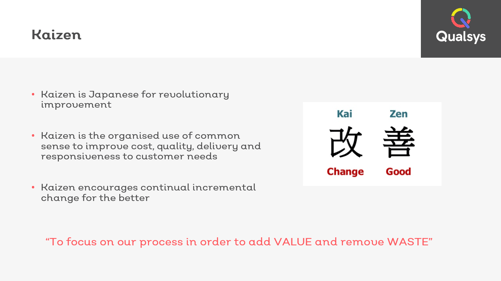
1) Pick a process
Start by selecting a business process - not just a procedure or policy. The more specific you can be, the better. For example, your new customer on-boarding process, manufacturing process or procurement process.
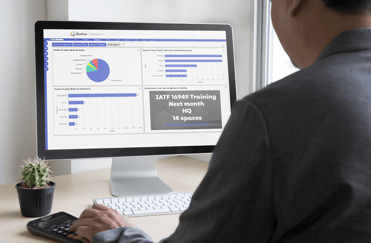
If you are already using EQMS, you'll have a central repository of all your business processes. Using the BI Dashboard, you can drill down into the processes which are either causing a lot of waste, create a lot of value or have high levels of associated risk.
You can then invite representatives associated with the process from across the business to your Kaizen event.
2) Prepare
Spend time beforehand putting together a slide pack to provide some context and stay focused.
Tips to consider when planning your Kaizen workshop:
- Keep the language simple and straightforward
- Avoid ambiguity
- Be explicit that this is an open, challenging and supportive environment
- Use graphics to illustrate the process
3) Map everyone involved in the value chain
On the day, after you've introduced what Kaizen is, the process you'd like to cover and explained the context, the first task of the day is to get everyone in the group to identify all stakeholders associated with the process.
These could be:
- Customers
- Internal teams
- Regulators
- Certification bodies
- Shareholders
- Suppliers
Get your Kaizen team to map out all the stakeholders.
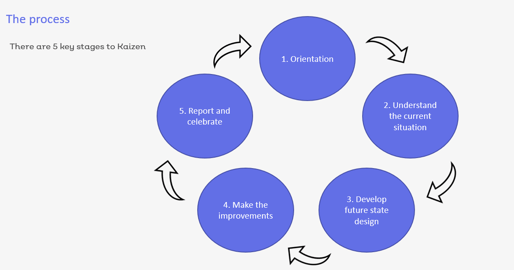
4) Understand the situation
Now, your team must map out all the steps and dependencies of the current process. Recognise the process from different points of view and challenge your team to answer whether or not the steps add value. Anything that does not add value is considered waste.
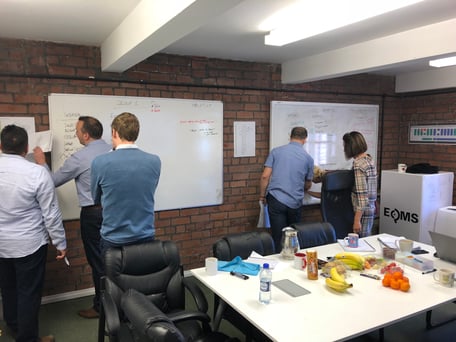
Note - Not all value is equal and some "waste" (non-value added) is essential, such as regulatory or legislation.
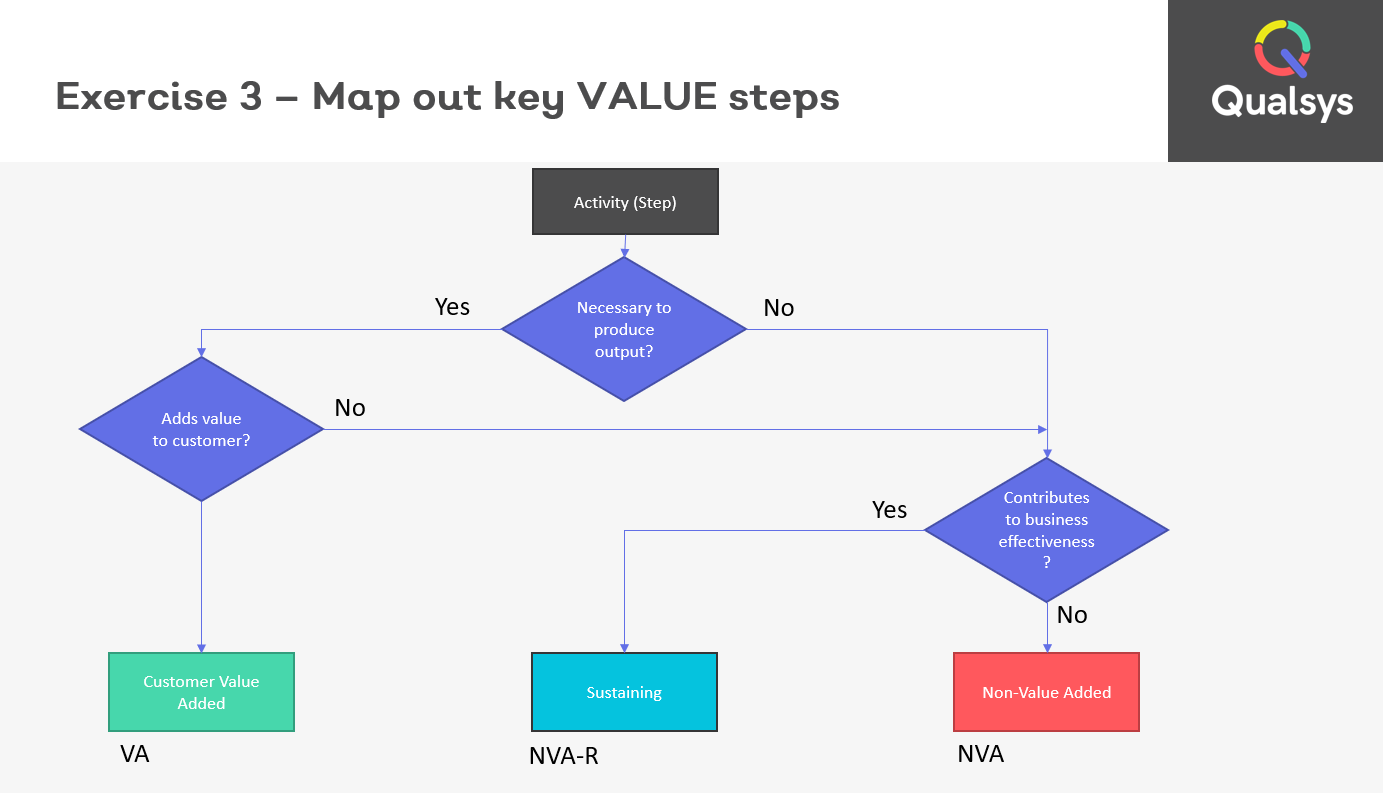
5) Develop the future state
Now, prioritise solutions and tweak your designs. Prioritising information is vital for building a robust, efficient and lean process.
Tweak and map out the ideal state.
- What information is a priority?
- What would the process look like in an ideal state?
- Does it meet all the objectives?
Remember: Not all value is equal
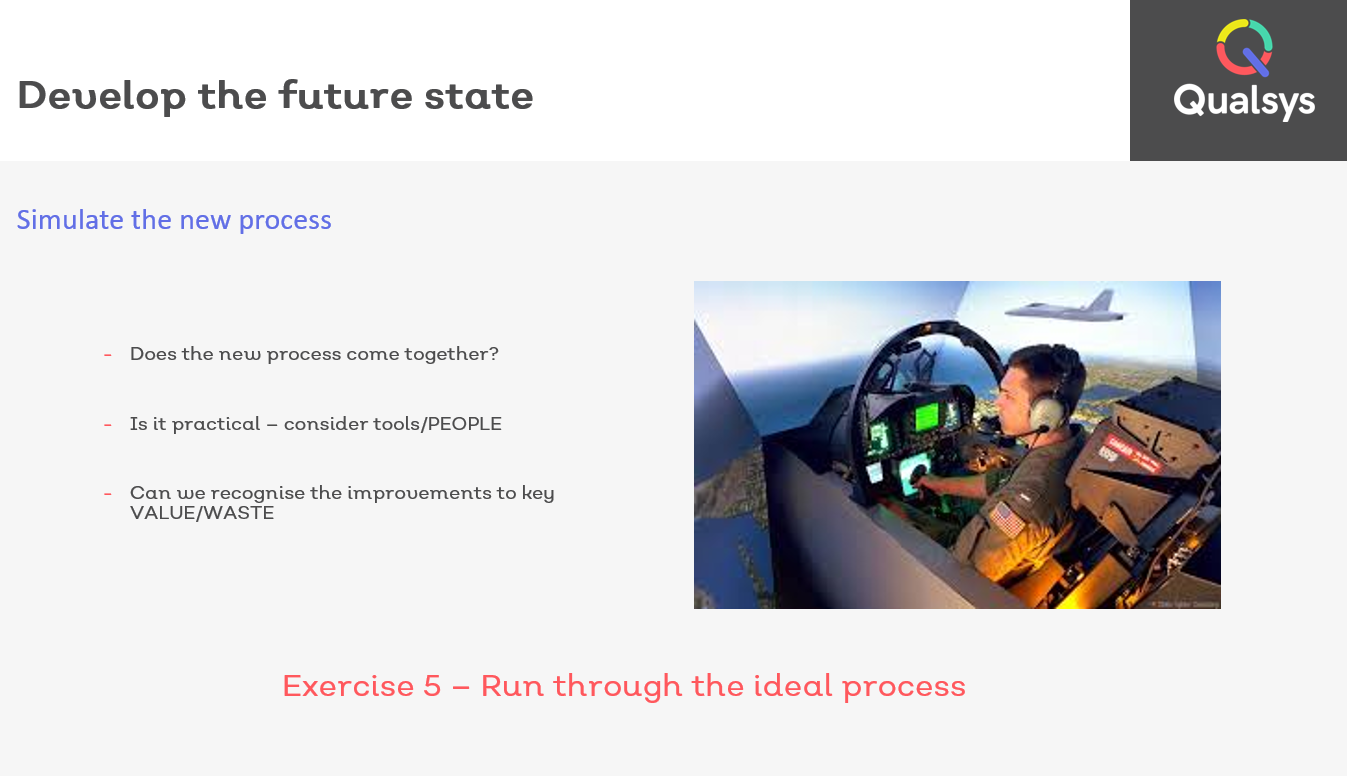
6) Develop the future state
Simulate the new process and challenge your team to explain:
- Is the new process logical and practical?
- Can we recognise the improvements to key value / waste?
- What training is needed for the future state?
- Is the value visible to all?
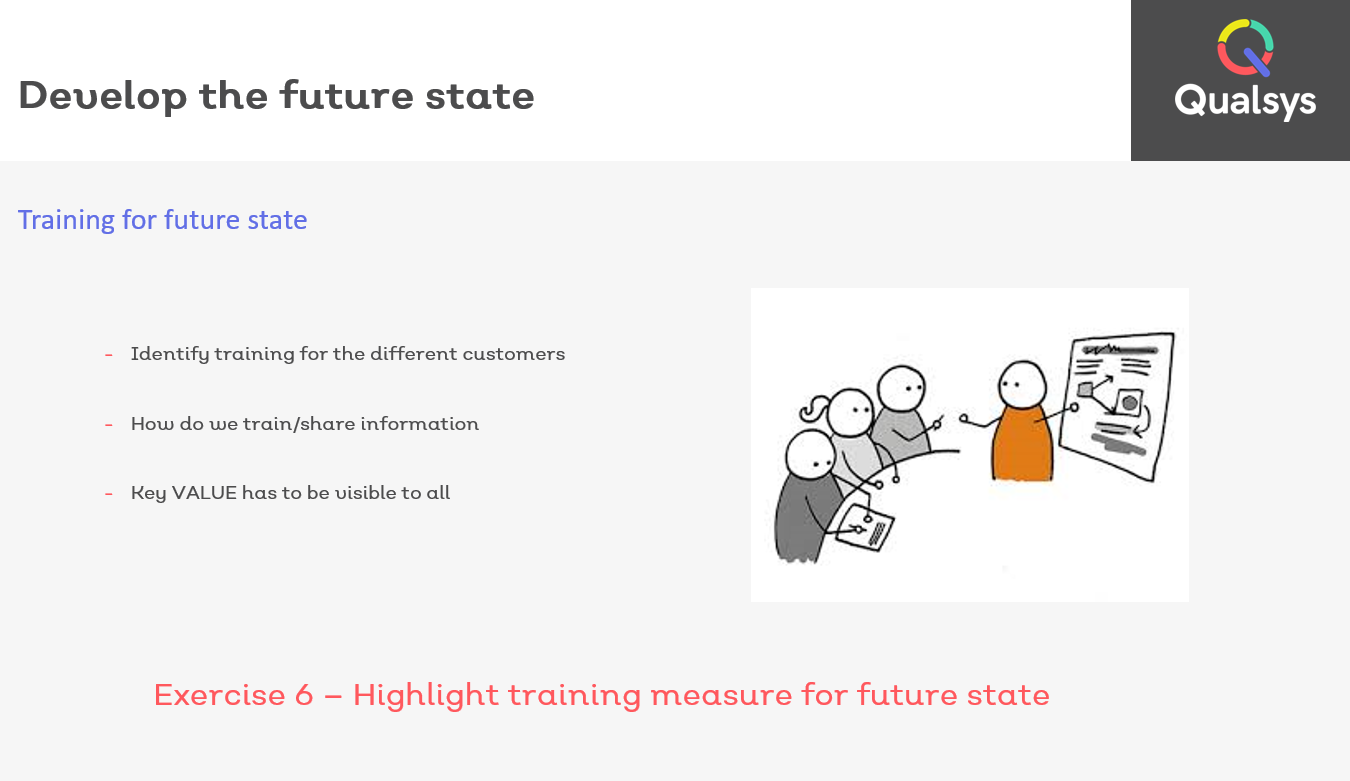
7) Enter to win a cake
Share the results of your Kaizen workshop here and your team could win a cake!
Avoid these mistakes when planning your kaizen workshop:
- Not leaving long enough to complete the process 1-2 days is optimum
- Going out of scope - focus on a core process and keep everyone on track
- Engage the team with the bigger picture (why) at the start of the process
What you should do now!
Access Kaizen workshop materials from our free culture of quality toolkit.





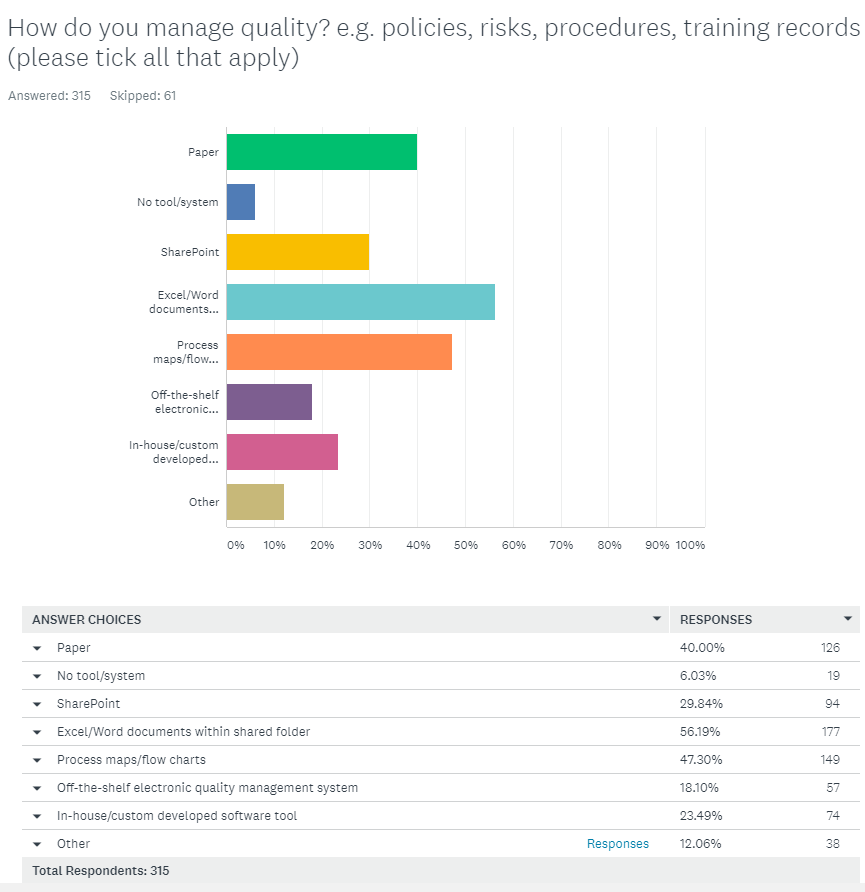

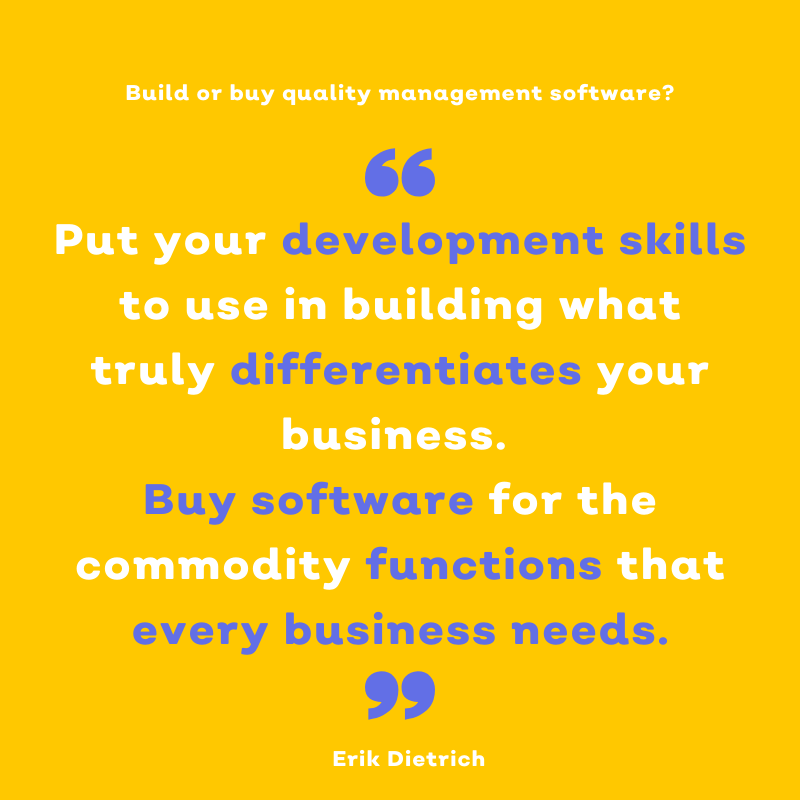
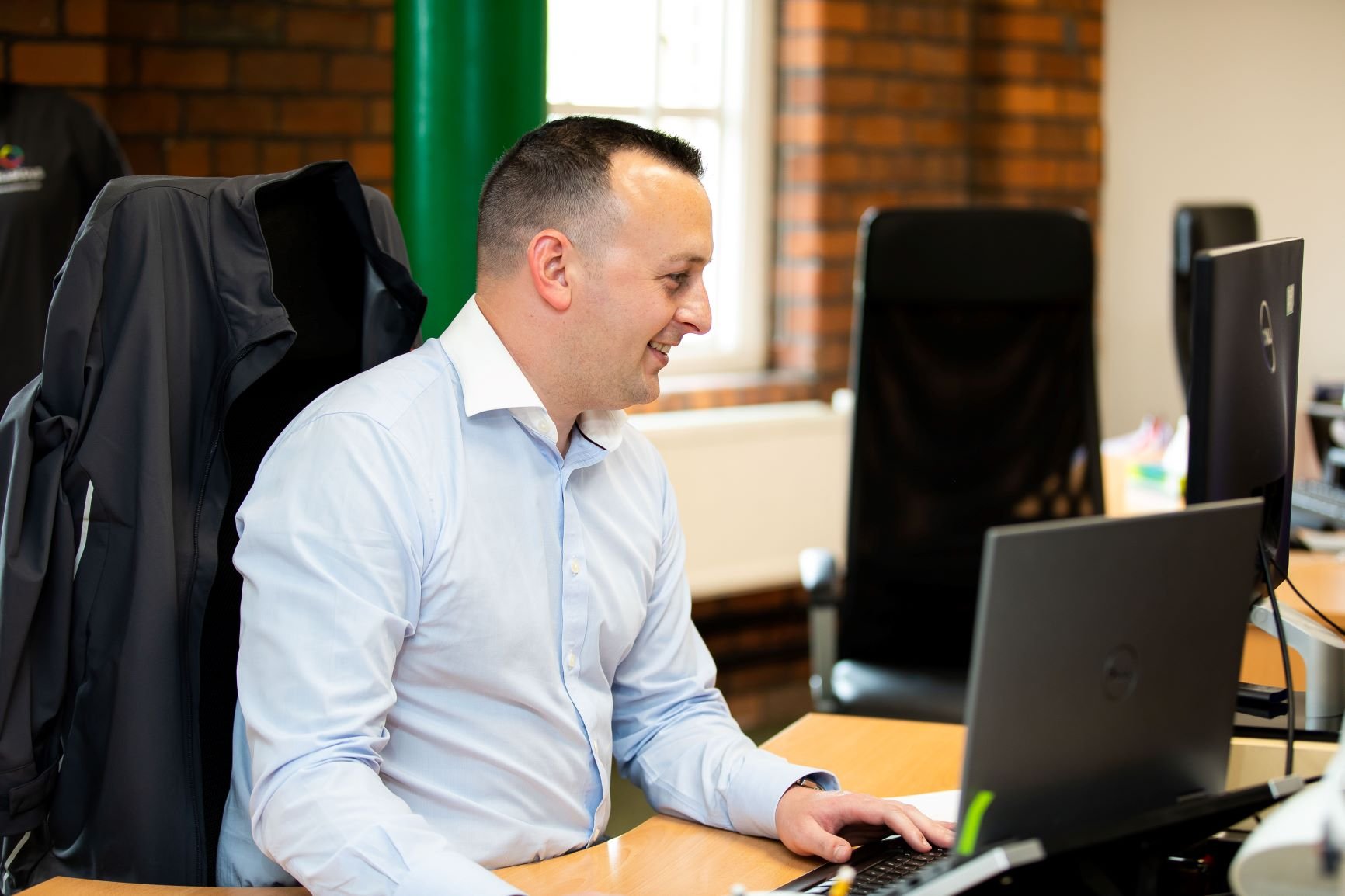
Share your thoughts on this article